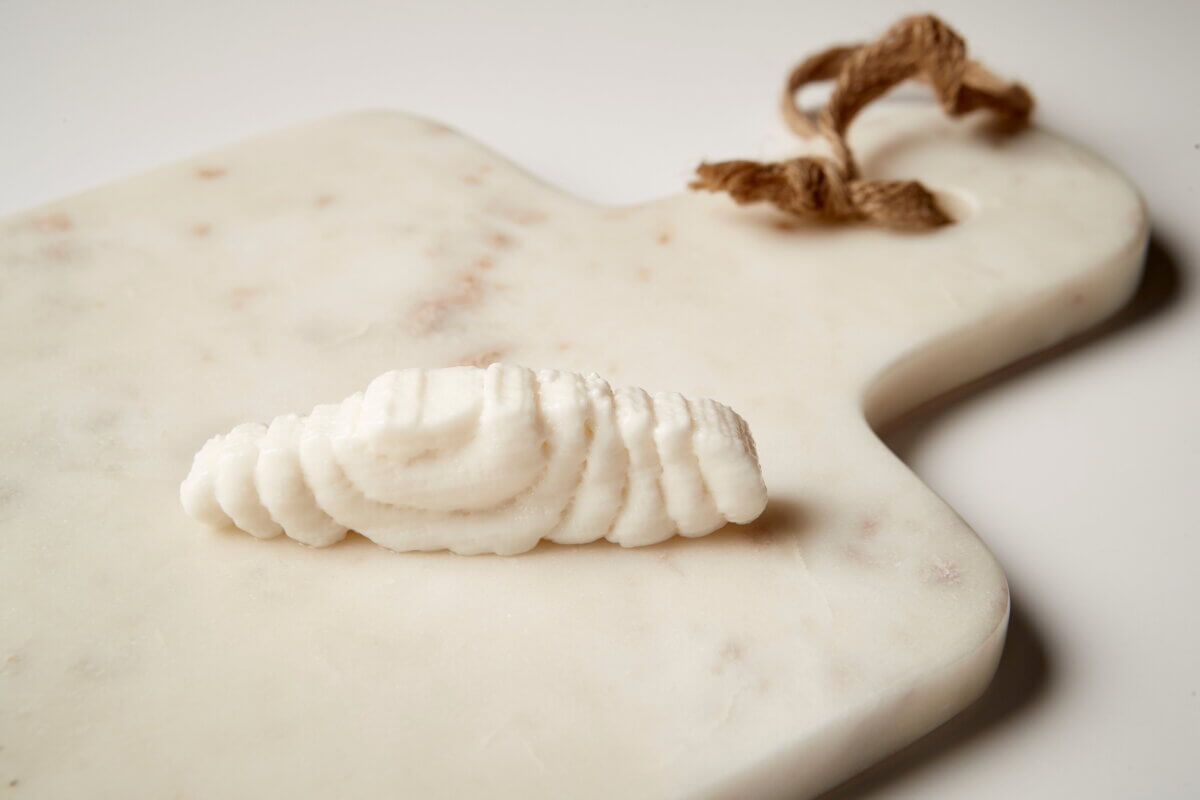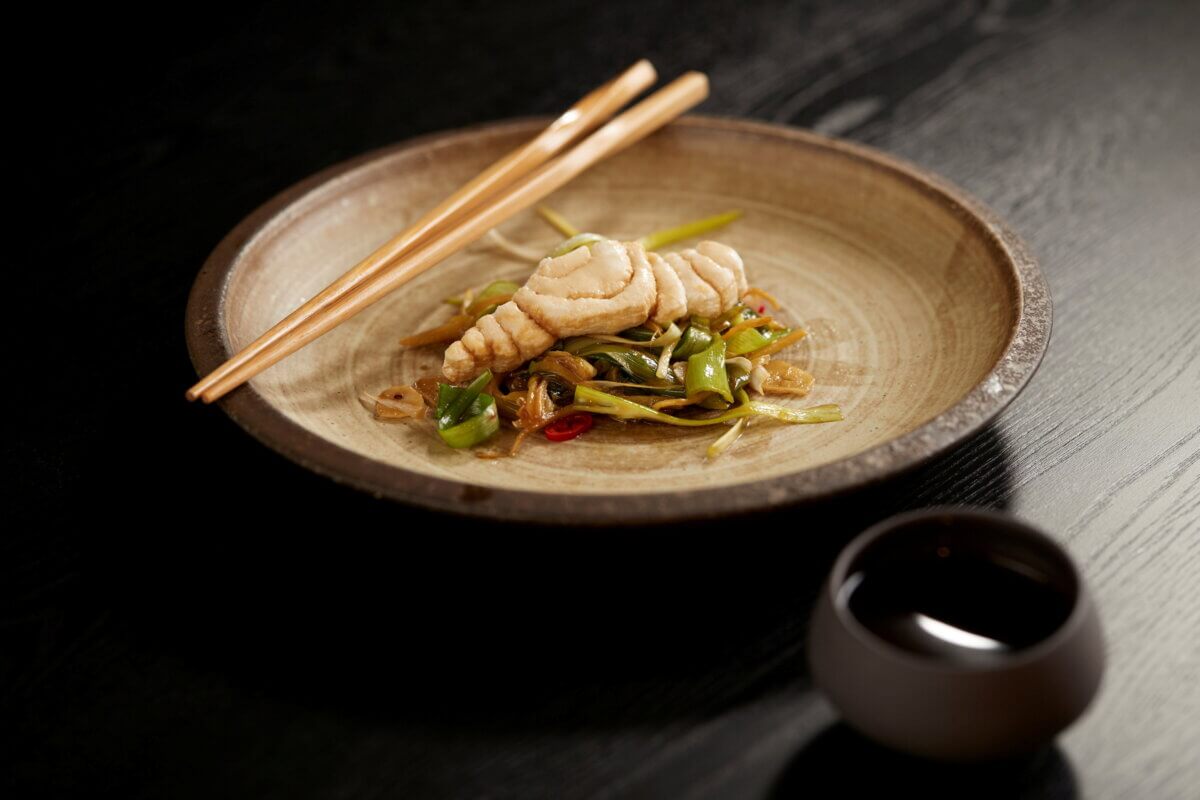REHOVOT, Israel — The next fish fillet you eat may have a lot less “real” fish in it than you might expect. A company has created the world’s first cultivated fish filet. Just like scientists who are creating lab-grown portions of beef, this could open the door to an alternative to seafood.
Israeli firm Steakholder Foods announced that they’ve used 3D printing technology to make ready-to-cook cultivated grouper. They boast the taste and texture is the same as traditionally caught fish but does not harm the environment or marine species.
The “deep tech food company” believes the innovation will introduce sustainable solutions that increase food security. Food scientists used grouper fish cells from partner company Umami Meats, which they added to customized bio-inks. Steakholder then worked on optimizing the taste and texture of its printed grouper, before finalizing their prototype fillet.
What is cultivated meat?
Cultivated meat, also known as cultured meat, lab-grown meat, or cell-based meat, is a type of meat that is produced through the process of cellular agriculture, rather than being sourced from traditional animal farming methods. The production of cultivated meat involves extracting a small sample of animal cells, usually muscle cells or stem cells, from a live animal. These cells are then placed in a controlled environment and provided with nutrients, allowing them to grow and multiply. Over time, the cells develop into muscle tissue that can be harvested and processed into meat products.
Cultivated meat has the potential to address some of the significant environmental, ethical, and public health concerns associated with traditional animal agriculture, such as greenhouse gas emissions, deforestation, animal welfare issues, and antibiotic resistance. However, it is still an emerging technology, and there are ongoing challenges related to scaling production, regulatory approval, and consumer acceptance.

“We are delighted to have produced the world’s first whole fillet cultivated fish in partnership with Steakholder Foods. In this first tasting, we showcased a cultivated product that flakes, tastes, and melts in your mouth exactly like excellent fish should. In the coming months, we intend to announce our plans for bringing this world-class cultivated fish to the market,” says Mihir Pershad, CEO of Umami Meats, in a statement.
“We’re excited to be working with Umami Meats to develop 3D-printed structured fish products that have the same great taste and texture as traditionally caught fish, without harming the environment,” adds Arik Kaufman, CEO of Steakholder Foods.
“With an estimated size of $110 billion and projected growth of 3-4% annually in the near future, the seafood and fish market is a long-time part of our vision for introducing sustainable solutions that increase food security. Having created a customized bio-ink that works effectively with Umami’s cells and optimized the taste and texture to meet the high standards of consumers, we anticipate expanding our collaborations to a greater variety of species with additional partners.”

Steakholder officials note that are developing slaughter-free solutions for producing a variety of beef, and seafood products — both as raw materials and whole cuts — as an alternative to industrialized farming and fishing.
Unlike fully cultivated meat products which still require incubation and maturation after printing, the grouper fish product is ready to cook after printing, thanks to Steakholder Foods’ unique technology that allows the mimicking of the flaky texture of cooked fish – a technology that is the subject of a provisional patent application.
Steakholder adds that by customizing its bio-inks to an external cell line, the company has opened the door to a wide variety of potential collaborations along the path to commercializing its 3D bio-printer.
South West News Service writer Dean Murray contributed to this report.
You might also be interested in:
- New lab-grown fat could give cultured meat ‘real’ flavor and texture
- New 3D-printing ink could make lab-grown meat much cheaper to produce
- Meat made from spinach? Scientists use leafy skeleton to make lab-grown beef

